In my work as a consultant across many years, I have often been challenged by working with owners/directors/managers who have no real idea why or how they are making money, or more often losing money. As human beings we easily fall into habits and following previous practice by rote.
Unless you understand your value chain, how can you know where and when you expect to make money, and of course, where and when you need to challenge and possibly change your rote habits. As often, the starting point is some simple questions, often best asked with a sceptical but positive challenge by someone external to the day-to-day operational activities.
- where does the organisation derive its value from?
- what does value mean for different parts of the organisation and its stakeholders?
- how is that value denoted and measured?
- who does the organisation tell about it?
- why does it matter?
The term value chain implies a logical set of linked aspects. I frequently use the following model as a practical challenge to directors and businesses. It is a generic model that I created many years ago, and it applies to any and every type of organisation.
As a theoretical tool it is designed to encourage holistic supply-chain thinking. As a practical tool it is designed to break down an organisation into its core parts, challenge their effectiveness, and evaluate how they add value to the organisation as a whole.
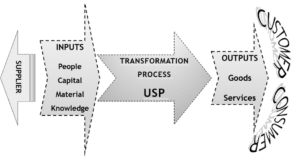
INPUTS are separated into four categories with key strategic questions.
People
- Who are the key decision-makers, who do we rely upon, who are the initiators?
- Are we clear how the cost of people (very often the largest single operational cost of an organisation) is used to drive strategic value within the supply chain?
Capital
- Is the short-term working financial position sustainable and what can challenge it?
- Is the longer-term strategic financial structure appropriate for the organisation?
Material
- Which suppliers are fundamental to our existence as a viable organisation?
- Do we build strategic relationships with suppliers to ensure our inbound supplies?
Knowledge
- Where does the strategic thinking and planning power reside, who are the real thinkers?
- Do we appropriately use the brains of the people within our organisation?
TRANSFORMATION is the point of strategic differentiation from the competition. Every organisation that is successful has its unique selling point (USP). This is how an organisation is differentiated from its competitors, and from the marketplace as a whole. Everyone will know immediately what is meant by an ‘iPhone’ or a ‘Mac’ or the name ‘Nike’ or ‘Starbucks’.
The USP of any organisation is a transformation process where value is being added; the organisation has the ability to take its inputs and transform them into outputs which can then be sold to either a customer or a consumer, usually at a price in excess of the cost of the inputs.
- What does the transformation look like, how will the customer or consumer recognise the benefits and purpose?
- Who are the key people involved?
- Which aspect of the ‘inputs’ is fundamental to achieving the USP?
- Does our strategic value thinking recognise how we build sustainability into our USP?
OUTPUTS to the customer or consumer end of the supply chain are the ultimate drivers of value and successful delivery of strategy. Whatever it is that we create through the transformation of our inputs, we need to have a clear vision of who the product or service is aimed at.
A consumer is at the extreme end of a supply chain, ultimately using the product or service.
A customer is simply the next link within a supply chain; that customers’ customer might be the consumer or might be yet another customer.
e.g. a brewing company will often have
- customers (supermarket retailers buying the beer to sell to an end consumer)
- but also consumers (people buying the beer directly from a public house run by the brewing company)
As leaders, we need to be able to understand and assess the underpinning value dimensions of the organisational supply chain: inputs, transformation and outputs. This approach will help us to, among other things:
- accurately pull together financial information and disclosures;
- understand the business risks;
- ask the right challenging questions;
- assess the going concern of the business;
- assess valuations (such as fair values and impairments) used in financial statements.
In his 2004 book ‘Competitive Advantage’, Michael Porter uses a similar if slightly different approach to understand the sequential process of value creating activities that exist within an organisation, and as a means of identifying the resources and capabilities required to enable a competent organisation to deliver competitive advantage.
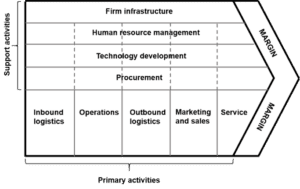

Porter separates the structure of the organisation into primary activities and support activities.
Primary activities
- inbound logistics – receipt, storage, stock control and transportation of the material resources required for the business operation
- operations – the transformation of the raw materials into the final product or service, including manufacturing, packaging testing and quality control
- outbound logistics – storage and stock control of finished products together with the transportation of these products to the customer; in the case of a service rather than a product this process would include the means and location of the delivery of the service
- marketing and sales – the means through which consumers and customers are made aware of the product or service and are able to purchase it, including the selling process itself, the administration of the sales and associated advertising
- service – the enhancement audition of value to a product or service, such as installation, repair, training, spares, or ongoing support and consultation
Support activities
- procurement – the processes used for acquiring the resources required primary activities
- technology development – the range of technological activities that enable a continuity of throughput within an organisation and any required specific handling and protection of a product or service flows through the organisation
- human resource management – recruitment, managing, training, developing rewarding of people across the organisation, including the ability to ensure that appropriate skill levels exist at core strategic points within the operational flow
- firm infrastructure – the formal systems of planning, finance, quality control, information management, governance and leadership within the organisation
The purpose of Porter’s value chain is to encourage a deeper consideration and understanding of the strategic potential of an organisation, having firstly understood how the value chain exists today.
Think about your own organisation(s) If the value chain, or the supply chain model is used and analysed from a quantitative perspective, can you determine the points in the operational flow where value is gained. If the value chain, or the supply chain model is used and analysed from a qualitative perspective, can you determine the points in the operational flow where the product or service gains a perception of value improvement or gain. |
Mark Wearden is one of our lead consultants, an experienced NED, a nationally recognised authority on corporate governance, a prolific author, and an outstanding trainer and mentor.
The Boardroom Effectiveness Company offers a wide range of training, coaching and consultancy services aimed at helping boards be more effective. Take a look at our full range of services or give us a call at 01582 463465 – we’re always happy to help.



